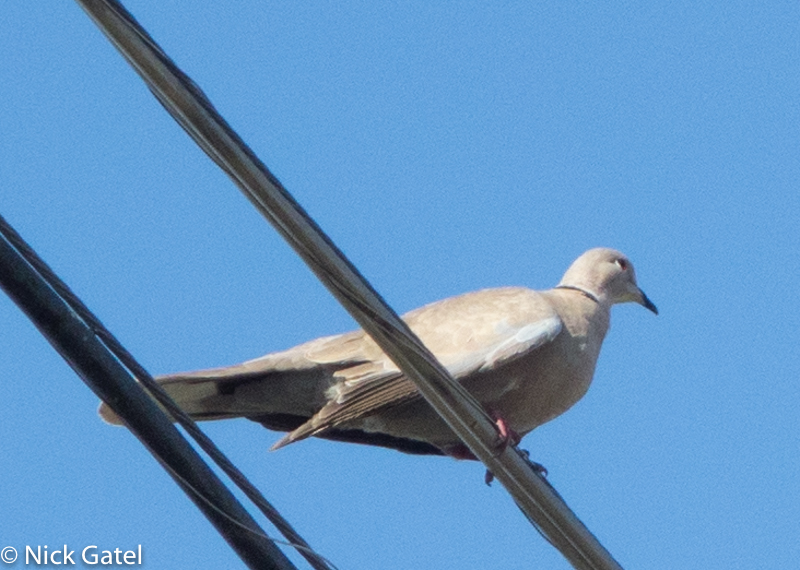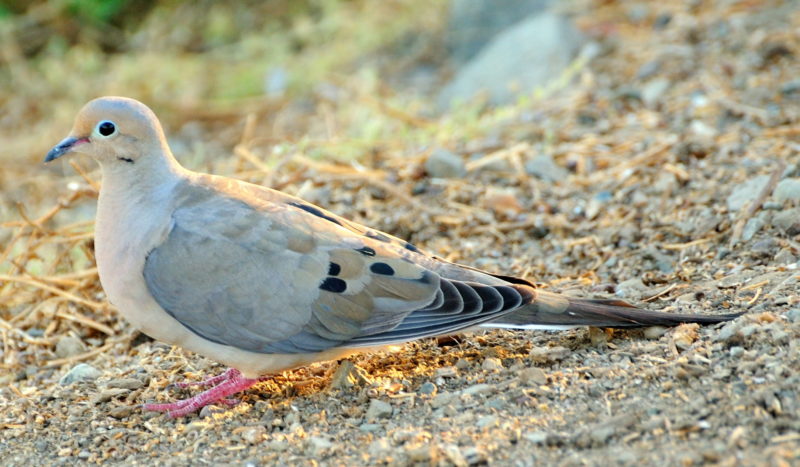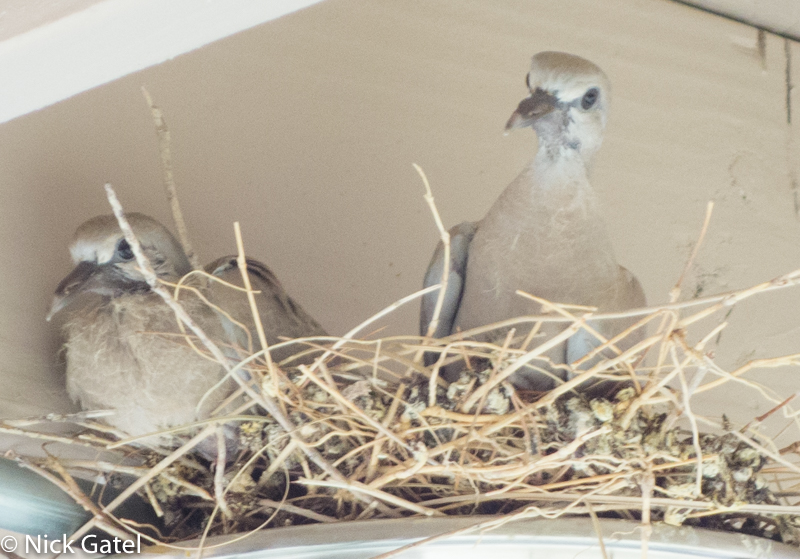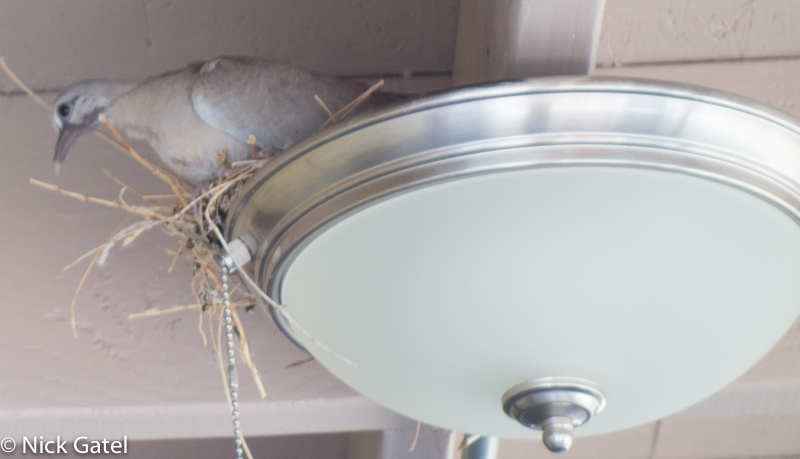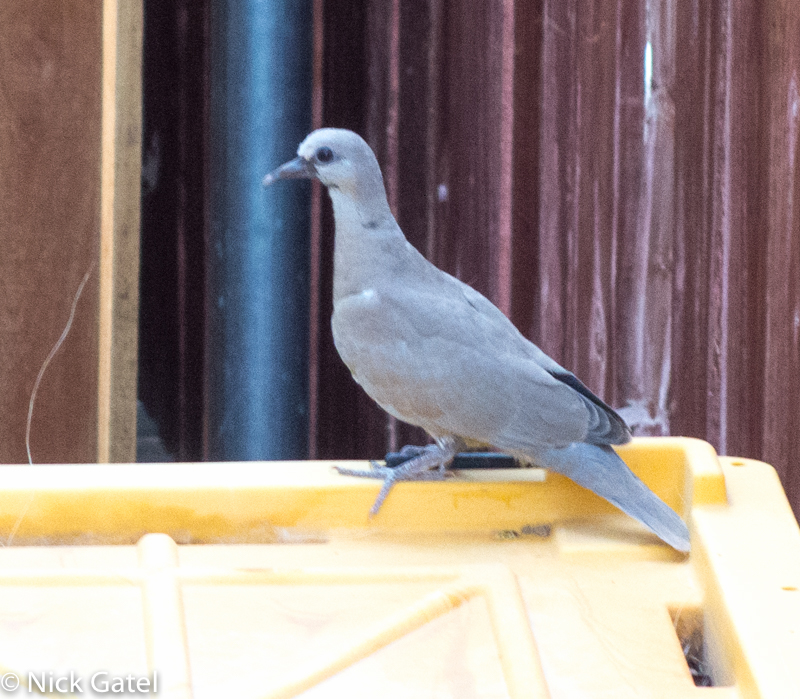I am going to share an incredible story with you. Any story should start at the beginning, so let’s start there.
It is probably a good guess that most people who live in urban and suburban areas don’t pay much attention to wildlife in their neighborhoods, which are mostly birds. After living in my house for a few years, I was one of those people. But it wasn’t always that way. When I first bought my house in 1979 there were few neighboring houses. Our tract has nearly 2,000 lots, the smallest being around 10,000 square feet. In 1979 more than 80% of the lots were vacant. A few minutes’ walk from the house is open desert; thousands of vacant acres. During those first few years there was plenty of wildlife to observe – birds (especially road runners and mourning doves), jack rabbits, a plethora of lizards, a variety of snakes to include rattlesnakes, and of course coyotes to control wildlife population. Then the building boom during the 80’s, 90’s and thru the present left less than 5% of vacant lots. House and fences replaced most of the wildlife. There wasn’t as much to watch and I was busy with work, backpacking, and camping. Now that I am retired, there is more time to watch what wildlife remains.
Even though I spend more time in wild places than the average American I have never been much of a bird watcher. Oh, I do notice birds, but have never embraced the hobby of bird watching and accumulate a list of birds seen. I do have a bird book, Roger Tory Peterson’s Field Guide to Western Birds that I bought in 1969. I never take it on backpacking trips or on day hikes, but if I see an interesting bird I don’t recognize, I consult it when I get back home.
This spring, now having ample time to just sit and observe the world around me, I bought a humming bird feeder and hung it from our newly constructed patio. Ever since, I spend time each day sitting outside and watching the humming birds.
The Surprise
One morning a pair of doves started to build a nest under our patio on top of the supporting header. The male would bring twigs to the female who would then try to build the nest. She was unable to get the twigs to stay in place and they soon abandoned the effort.
Over the next couple of weeks the pair attempted to build a nest in several locations along the header board without success. It was enjoyable to watch the construction efforts. Eventually they figured out a nest could be built on top of one of the light fixtures. I wasn’t thrilled about a bird nest under the patio, but let them be and looked forward to the end result. Soon there were two eggs.
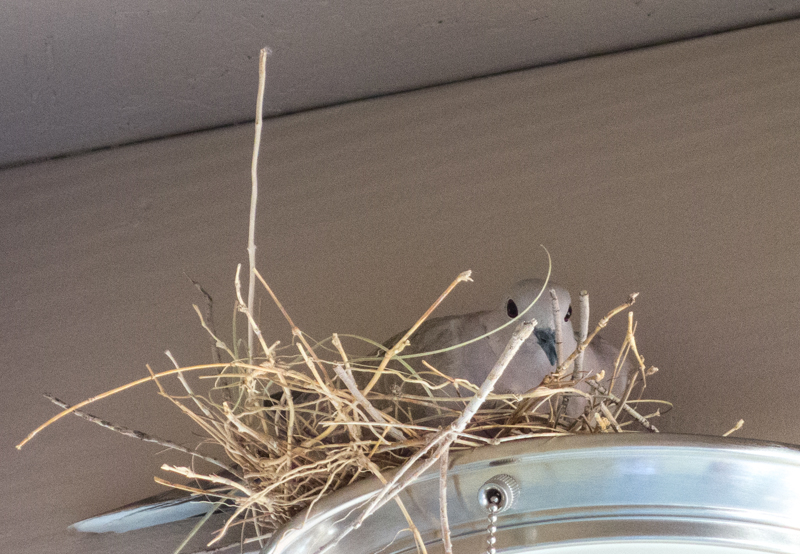
Then there were two chicks.
Then there was only one…
The other had left…
Eurasian Collared Dove
I didn’t pay close attention to the birds, assuming they were Mourning Doves. When I was editing the photos I had taken the birds did not look exactly like Mourning Doves. So I got out the Bird Guide and could not find this particular bird, which seemed strange – there were plenty of these doves on the power wires in the neighborhood. So I did a Google search. It is a Eurasian Collared Dove, also known simply as a Collared Dove – and it is a non-native species. Here’s where things get really interesting.
In 1974 about 50 were accidently introduced in the Bahamas. In 1982 a pair was spotted in Southern Florida. Since then the bird has extensively populated most of the US to include Alaska, but not the Northeastern US. It is now migrating through Mexico and into Central America. It is a highly invasive species, but it is unknown if it will negatively impact other birds.
The picture below was taken last week at Lake Mead National Recreation Area. There were over 50 Collared Doves in a single tree.
It looks similar to a Mourning Dove, but has a flat tail versus a pointed tail, it doesn’t have the specs of a Mourning Dove, and has a distinctive ring around the neck.
